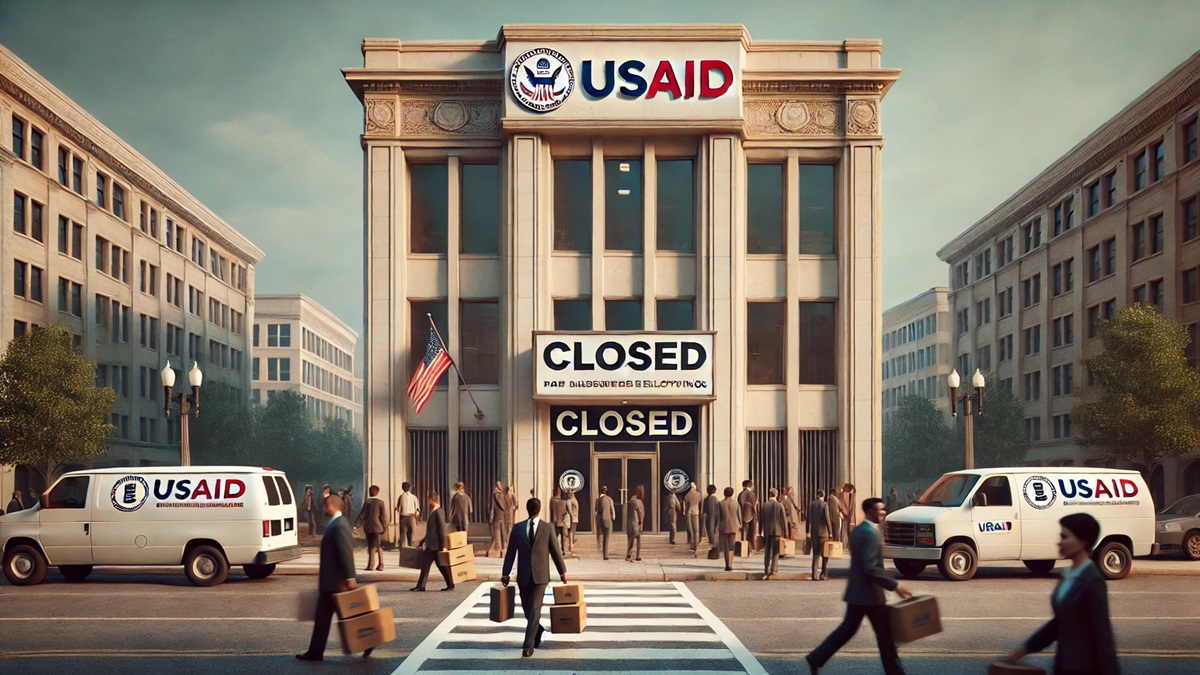Introduction:
The USAID workforce changes have sparked significant discussions about the future of U.S. foreign aid programs. Learn how these developments could reshape international assistance efforts and what it means for global communities.
Understanding USAID Workforce Changes
The recent executive order by former President Donald Trump has brought USAID workforce changes into sharp focus. These actions have raised questions about the agency’s role in global humanitarian efforts.
What Are the Key Actions Taken?
- Suspension of Aid: A 90-day suspension of aid was announced shortly after Trump took office.
- Employee Dismissals: Orders were issued to terminate 1,600 USAID employees.
- Paid Leave: All non-emergency staff were placed on long-term paid leave.
These measures are part of a broader strategy to downsize the agency’s operations.
Why Did This Happen?
The decision stems from a push to redirect resources toward domestic priorities. Speculation grew as unions challenged the move in court, but a ruling on Friday allowed the dismissals to proceed.
Impact on Global Aid Efforts
The USAID workforce changes could have far-reaching consequences:
- Reduced capacity to deliver humanitarian aid globally.
- Potential strain on diplomatic relations with partner countries.
- Increased pressure on remaining staff to manage critical programs.
This situation underscores the importance of balancing national and international priorities.
FAQ Section
Q: What is USAID?
A: The United States Agency for International Development (USAID) is a federal agency responsible for administering civilian foreign aid and development assistance worldwide.
Q: Why were USAID employees terminated?
A: The dismissals are part of an effort to downsize the agency’s workforce, aligning with proposed budget cuts under the Trump administration.
Q: How does this affect global aid programs?
A: Reduced staffing may lead to delays or reductions in aid delivery, impacting vulnerable populations globally.
Summary
The USAID workforce changes highlight the challenges faced by international aid agencies amid shifting political priorities. As the agency navigates these transitions, its ability to fulfill its mission remains crucial for global stability and progress.
Also Read: Susie Wiles Makes History as Trump’s Chief of Staff, First Woman to Hold Role
